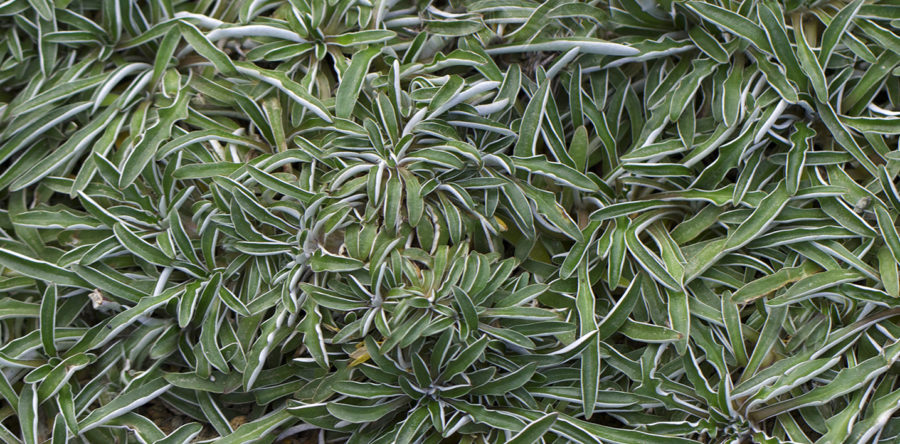Spring is in full swing and summer is on its way! Prepare your garden for the coming season by following our May Tips of the Month.
Irrigation
Over 50% of the water used in a single family residence goes towards landscape irrigation. Now is the time to plan for the imminent summer heat and to be water conscious!
1. Lawn: If you have lawn, keep the grass taller ~ 2-3" during these hot months. The taller you keep your lawn the less water will evaporate, and it will promote stronger root systems. If you want to conserve water even more, try a lawn alternative like native grasses or drought tolerant ground covers.
2. Irrigation Control: Have a rain/weather sensor installed onto your timer. When it rains, a rain sensor will trigger the timer to turn off and engage it to turn on once the soil has had time to dry out. The rain sensor is regulated by the amount of rain that it captures and will turn off the timer automatically when the sensor's water absorbing material expands. More complex weather sensors take sunlight, temperature (including freezing), wind speed, and evapotranspiration into consideration, then adjust your irrigation system accordingly on a daily basis. This simple addition to your irrigation system prevents overwatering, overuse and overspending. Many cities in California are giving rebates to install these adjustable components.
3. Drip Irrigation: Have drip irrigation installed to irrigate the plants and trees in your landscape. Installing drip can save a large amount of water and money. Drip irrigation allows water to percolate into the soil only where it belongs and prevents wasteful runoff by emitting water at a slower rate than other types of irrigation applications. Subsurface drip irrigation improves efficiency even more by reducing water loss through evapotranspiration. Many irrigation companies are now developing new subsurface drip components to replace traditional sprinklers for lawn and ground cover applications!
4. Sprinklers: Have your sprinklers adjusted. Adjust your sprinklers making sure they are upright, spraying in the correct direction and emitting water at equal rates and distances; head to head coverage is essential to achieving even irrigation distribution. This will prevent over spray to unnecessary areas such as hardscapes like sidewalks, pathways and streets. The average irrigation system lasts around ten years. Periodic maintenance and retrofitting may need to be done thereafter. Ask All Seasons to do an irrigation audit and repair if you suspect there are problems with your system.
5. Rainwater Harvesting: Disconnect your downspouts and incorporate a rainwater harvesting system into your landscape. Although the rainfall we receive on the Central Coast is limited (especially in recent years), even a modest roof can collect hundreds of gallons during one rain event. Rainwater harvesting technology allows you to collect rain from your downspouts and use it for a variety of purposes, including landscape irrigation. The storage options range from very simple to install rain barrels, to modular stackable units for tight spaces, to large underground cisterns. Collecting rainwater reduces wasted runoff that harmfully pollutes our streams, oceans and groundwater, and at the same time reduces your water bill! The cities of San Luis Obispo, Arroyo Grande and Nipomo are currently offering rebates up to $999 for qualified residents that invest in landscape changes that conserve water and reduce runoff. Check out the StormRewards program here: https://stormrewards.org/
Let's do our part to conserve one of our most precious and limited resources!



Covid-19 Business Status
All Seasons Landscaping
Covid-19 Business Status
Steve Lake
August Tips of the Month
All Seasons Landscaping